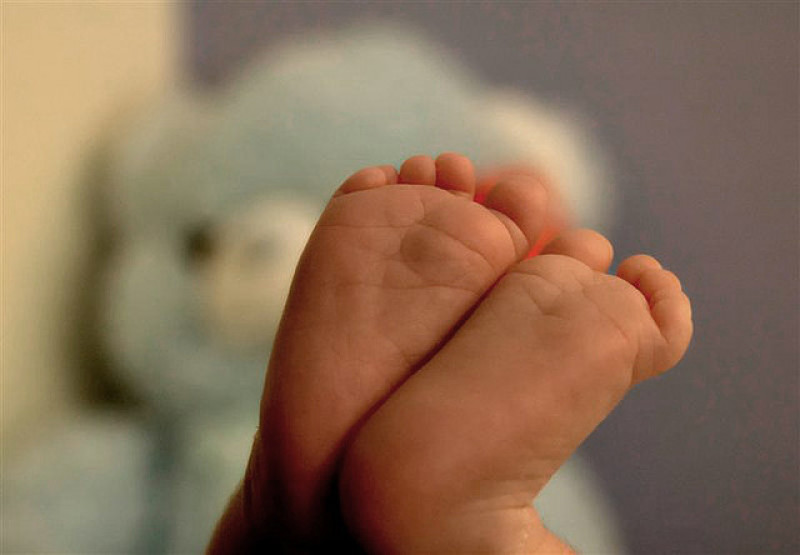
For the fifth year in a row, abortion has surpassed all other major causes of death globally, despite restrictions implemented in some regions following the overturn of Roe v. Wade in the US. Statistics from Worldometer, a real-time data tracker, reveal that over 44.6 million abortions were performed worldwide in 2023.
This figure outpaces the combined death toll of all other leading causes listed by Worldometer. Communicable diseases, the second-highest killer, claimed over 12.9 million lives, while cancer and smoking claimed over 8.2 million and 4.9 million lives, respectively. Other significant contributors include alcohol use (2.4 million deaths), HIV/AIDS (1.6 million) and road traffic accidents (1.3 million).
Even diseases like the flu (500,000 deaths) and malaria (390,000 deaths) pale in comparison to the staggering number of abortions. Maternal mortality and childhood mortality also contribute significantly, with over 300,000 mothers dying during childbirth and over 7.5 million children under five succumbing to unspecified illnesses.
While Worldometer's total death count for 2023 exceeds 60.6 million, it excludes abortion. Including this figure would push the total beyond 100 million, with abortions accounting for over 40%.
This trend has persisted since at least 2020, with abortion consistently topping the list of leading causes of death despite slight variations in the annual number of procedures performed.
Interestingly, the number of abortions remained relatively stable in 2023, despite the Dobbs v. Jackson Women's Health Organization decision in the US, which overturned Roe v. Wade and led to abortion restrictions in several states. Pro-life groups estimate these restrictions could prevent over 166,000 abortions annually, while pro-choice groups highlight the continued prevalence of abortion restrictions worldwide, with most women in developing countries facing limited or no access to the procedure.
This data raises crucial questions about global reproductive health and access, highlighting the complex interplay between legal frameworks, cultural attitudes, and individual circumstances surrounding abortion.
Advocates for abortion rights including the Center for Reproductive Rights argue that nearly two-thirds of the world's women of reproductive age live in countries with limited access to abortion. Only 35% have it readily available, primarily in Western nations like Canada, Australia and Europe. The remaining majority face varying degrees of restrictions, with 25% having access for specific social or economic reasons, and others only for health or life-saving circumstances.



















